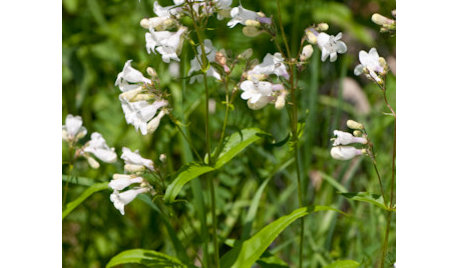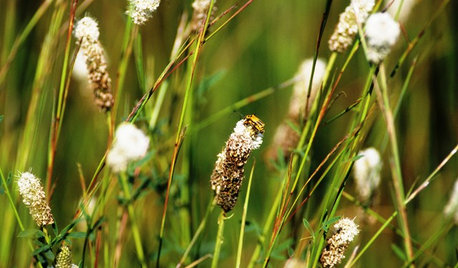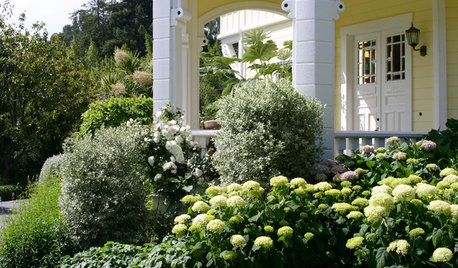White soil
Vulture61
17 years ago
Related Stories

GARDENING GUIDESGrow a Beautiful Garden in Alkaline Soil
Got alkaline soil? Learn how to manage it and the many beautiful plants that will thrive in this ‘sweet’ soil
Full Story
GARDENING GUIDES5 Prairie Wildflowers That Can Heal Your Soil
Get free, organic soil fertilizer with nitrogen-pumping plants that draw pollinators too
Full Story
GARDENING GUIDESHow to Pick a Mulch — and Why Your Soil Wants It
There's more to topdressing than shredded wood. Learn about mulch types, costs and design considerations here
Full Story
LANDSCAPE DESIGNFlood-Tolerant Native Trees for Soggy Soil
Swampy sites, floodplains, even standing water ... if you've got a soggy landscape, these trees are for you
Full Story
GARDENING GUIDESHow to Stop Worrying and Start Loving Clay Soil
Clay has many more benefits than you might imagine
Full Story
GARDENING GUIDESHave Acidic Soil in Your Yard? Learn to Love Gardening Anyway
Look to acid-loving plants, like conifers and rhododendrons, to help your low-pH garden thrive
Full Story
GARDENING GUIDESInvite Cellophane Bees to Your Garden by Providing Patches of Bare Soil
Look for cellophane bees (Colletes) pollinating flowering trees and shrubs in U.S. gardens this spring
Full Story
GARDENING GUIDESGreat Design Plant: Try Penstemon Digitalis for Showy White Blooms
Bees gather nectar from this North American native while you’ll appreciate its unthirsty nature and soil tolerance
Full Story
GARDENING GUIDESGreat Design Plant: Dalea Candida
White prairie clover nourishes wildlife and soil, asking for little more than sun in return
Full Story
GARDENING AND LANDSCAPINGHave a Ball With Hydrangeas
Even if you don't tinker with the hue by changing the soil, hydrangeas have an entertaining range of uses in all kinds of landscapes
Full StoryMore Discussions







swanz
Vulture61Original Author
Related Professionals
Havre de Grace Landscape Architects & Landscape Designers · Waunakee Landscape Architects & Landscape Designers · Barrington Landscape Contractors · Gallatin Landscape Contractors · Hayden Landscape Contractors · Hendersonville Landscape Contractors · Kaysville Landscape Contractors · Mason Landscape Contractors · North Plainfield Landscape Contractors · Ocoee Landscape Contractors · 07920 Landscape Contractors · Coronado Decks, Patios & Outdoor Enclosures · Greeley Decks, Patios & Outdoor Enclosures · San Antonio Decks, Patios & Outdoor Enclosures · West Palm Beach Decks, Patios & Outdoor Enclosuresjean001
shrubs_n_bulbs
lou_spicewood_tx
Vulture61Original Author
bob64